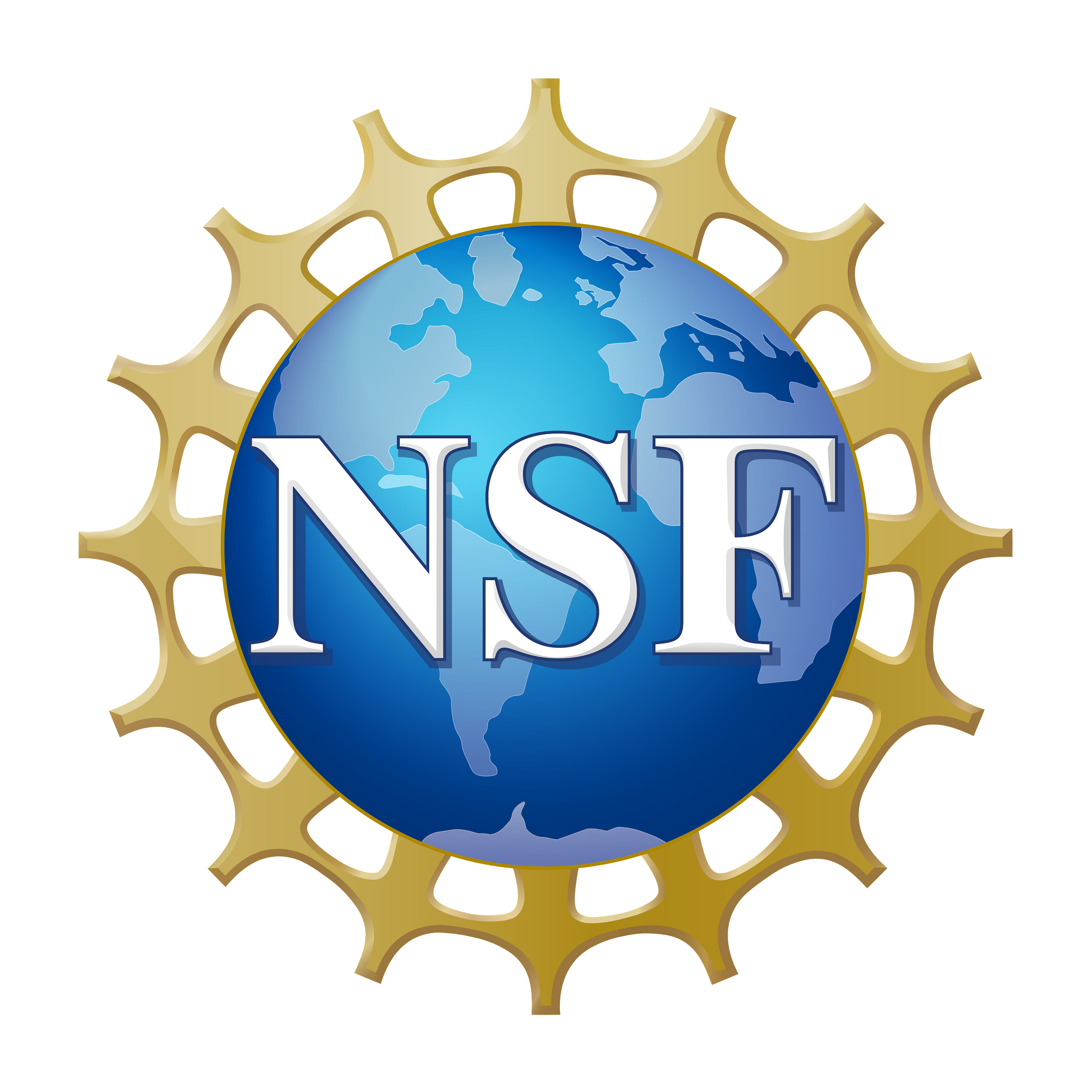-
Putting weather modification to the test
The field known as weather modification grew wildly through the 1950s and 1960s, as aircraft funded by U.S. states and many countries began “seeding” clouds in hopes of stimulating rain and suppressing hail.
-
Borne on a balloon
Years before it housed aircraft or supercomputers, NCAR was sending balloons into the stratosphere. Bolstered by new space-age technology, this simple but powerful observing strategy gathered critical data from hard-to-reach places.
-
The Cray-1: Not your ordinary supercomputer
NCAR’s Mesa Laboratory saw thousands of comings and goings in its first few years, but only one arrival needed a new room to accommodate it.
-
Eyes on the corona
For all the blazing glory of the visible Sun, it’s the outer atmosphere, or corona—far hotter than the interior, yet invisible to the naked eye—that most intrigued solar scientists during NCAR’s first years

